In the Italian world of culture it is always a cause for uproar when news is announced that a young person has been entrusted with the directorship of a museum.There is a tendency to think that in Italy the role of director or manager is always the prerogative of people who already have a decades-long career behind them, but in reality, although they are few in number, there are some excellent museum directors who are less than forty years old. Some are famous and often make the headlines, while others are serving at smaller, less flashy museums but still doing a great job. What is interesting to know, however, is that young people leading museums, while outnumbered by their more senior colleagues, are not an exception. We therefore offer a list of ten directors under 40 who we believe are standing out, in order of age.
Gabriel Zuchtriegel is actually just over 40 years old (he turned it last June 24), but his story deserves inclusion in the ranking nonetheless, since he was only 34 years old when he became director of the Paestum Archaeological Park, and for the merits in his management he was then appointed last year as director of Pompeii (also stirring up controversy, in some cases precisely because of his young age). A German from Baden-Württemberg, he trained at the Winckelmann Institut for Classical Archaeology at Berlin’s Humboldt University and then perfected his studies with a doctorate in archaeology at the University of Bonn. An expert on the history of Greek colonization as well as Archaic Rome, before coming to Italy (where he participated in excavations at Selinunte and Heraclea) he worked at the Institute for Classical Archaeology at the University of Bonn. He then became a member of the editorial board of the scientific journal SIRIS at the School of Specialization in Archaeological Heritage in Matera, and joined the Special Superintendency for Pompeii, Herculaneum and Stabia as an archaeologist in 2015, after collaborating the year before on an exhibition on Pompeii and Europe, and having been, between 2014 and 2015, an adjunct professor of Greek and Roman archaeology at the University of Basilicata. He was then appointed director of Paestum in 2015, and in 2020 he was granted Italian citizenship.
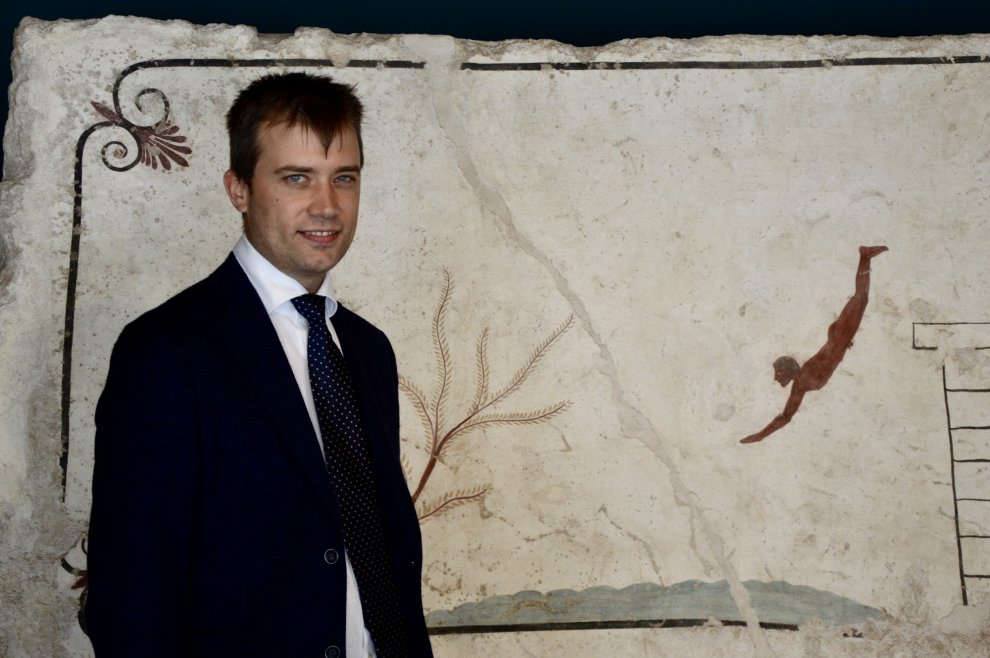 |
| Gabriel Zuchtriegel |
Roman, born in 1981, Luca Lo Pinto has been artistic director of MACRO Rome since 2019, succeeding Giorgio De Finis. He was also called to direct the Roman museum because of his high-level international experience, since before returning to Rome he had been curator of the Kunsthalle in Vienna for five years, since 2014, where he had curated exhibitions of important international artists. But not only that: at age 36, he had curated the 16th Quadriennale d’Arte at the Palazzo delle Esposizioni in Rome in 2017, and before that he had founded the magazine and publishing house Nero. Lo Pinto gave an experimental direction to MACRO by starting the three-year program “Museum for Preventive Imagination,” a title inspired by the “Office for Preventive Imagination” project by Carlo Maurizio Benvenudi, Tullio Catalano and Franco Falasca (1973), which set out to revolutionize society: Lo Pinto’s idea is to “experiment with alternative models in which limmagination can be the main engine” at a time when the very concept of the museum is being questioned.
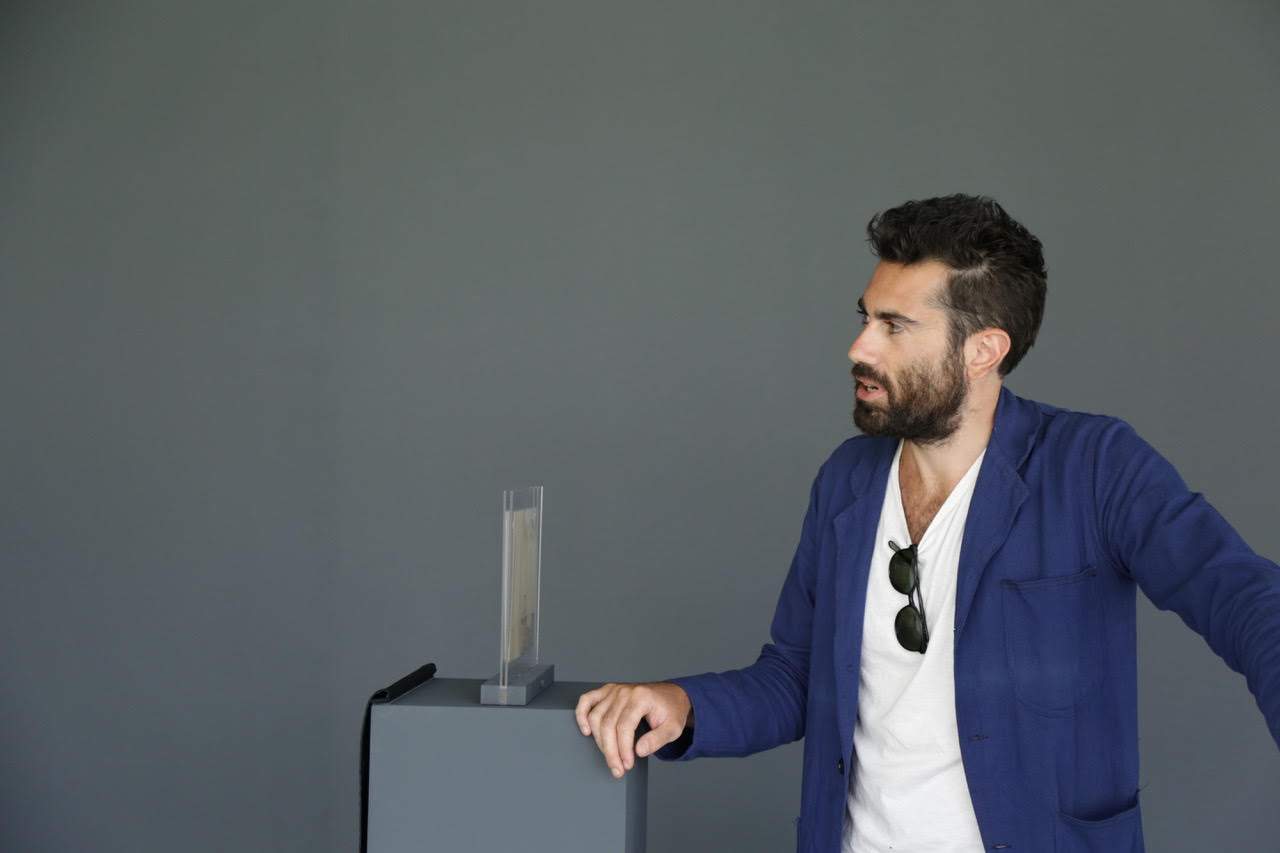 |
| Luca Lo Pinto |
Anna Cipparrone, from Calabria, first became director when she was only 30 years old, when she was entrusted with the direction of the Museum of Arts and Crafts of the Province of Cosenza. An art historian, she trained at the University of Calabria, where she earned a degree in History and Conservation of Cultural Heritage, and then graduated from the School of Specialization in Art History at the University of Pisa in 2007 and finally, in 2012, received her PhD from the University of Calabria. The author of numerous publications, she was appointed in 2017 as director of the Consentia Itinera Multimedia Museum, a multimedia project of the Attilio and Elena Giuliani Foundation in Cosenza, founded that very year: it is an institute that focuses on digital innovation and experience to tell the public the history of the city of Cosenza through multimedia and immersive paths. Cipparrone is also active in the field of museology, having participated in numerous conferences in the field and being an adviser to the Basilicata-Calabria Regional Coordination of ICOM. By virtue of her experience, she was appointed a member of the Commission for the National Museum System in 2018.
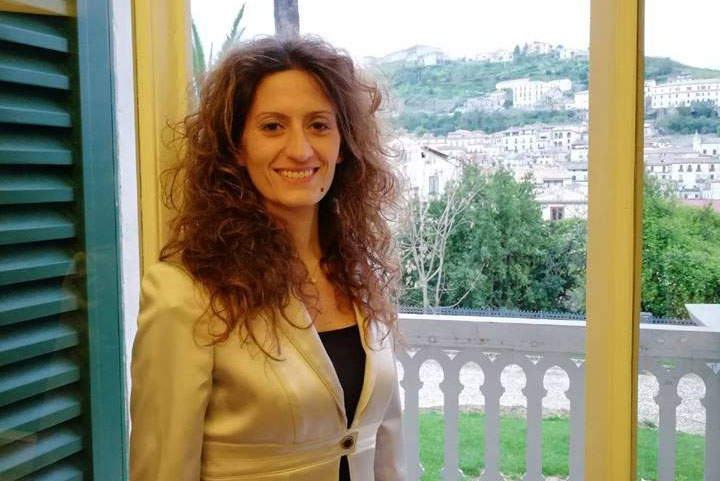 |
| Anna Cipparrone |
He has been director of MAMbo, the Museum of Modern Art in Bologna, since he was thirty-five: Lorenzo Balbi, from Turin, is now one of Italy’s most highly regarded directors in the field of contemporary art, having established the Bolognese museum’s central role on the national scene with high-level exhibitions including AGAINandAGAINand in 2020, Thats’IT! in 2018, and several solo shows by important artists such as Mika Rottenberg, Goran Trbuljak, and Cesare Petroiusti. Balbi trained at Ca’ Foscari University in Venice and the University of Turin, and his career started in his hometown: in fact, he worked from 2006 to 2017 at Fondazione Sandretto Re Rebaudengo, organizing and curating exhibitions and artist residencies. Her resume also includes the artistic direction of Art City Bologna, the schedule of events and exhibitions organized in parallel to the historic Arte Fiera. He also teaches Art Systems at the DAMS of the University of Bologna and is a member of the board of directors of AMACI - Association of Italian Contemporary Art Museums and of the coordination of the Forum of Italian Contemporary Art.
 |
| Lorenzo Balbi |
Sara Piccinini, from Reggio Emilia, plays at home: in fact, since this year she has been the director of the Collezione Maramotti in Reggio Emilia, one of the most important contemporary art collections there is in Italy. Since the beginning of her career, Piccinini has worked for the Reggio Emilia collection (she has been working at Collezione Maramotti since 2007, when the institution opened, and became its Senior Coordinator in 2018). Her education is of a high level: from 2002 to 2005 she studied Semiotics at the University of Bologna (with a parenthesis for Erasmus at the Université Libre in Brussels in 2005), and then took a postgraduate course in marketing and art communication at Sothebys Institute of Art in New York, and further courses at the Fitzcarraldo Foundation in Turin and the Node Center for Curatorial Studies in Berlin. Piccinini’s debut, however, takes place far from Reggio Emilia: in fact, in 2006 he did an internship at the Peggy Guggenheim Collection in Venice.
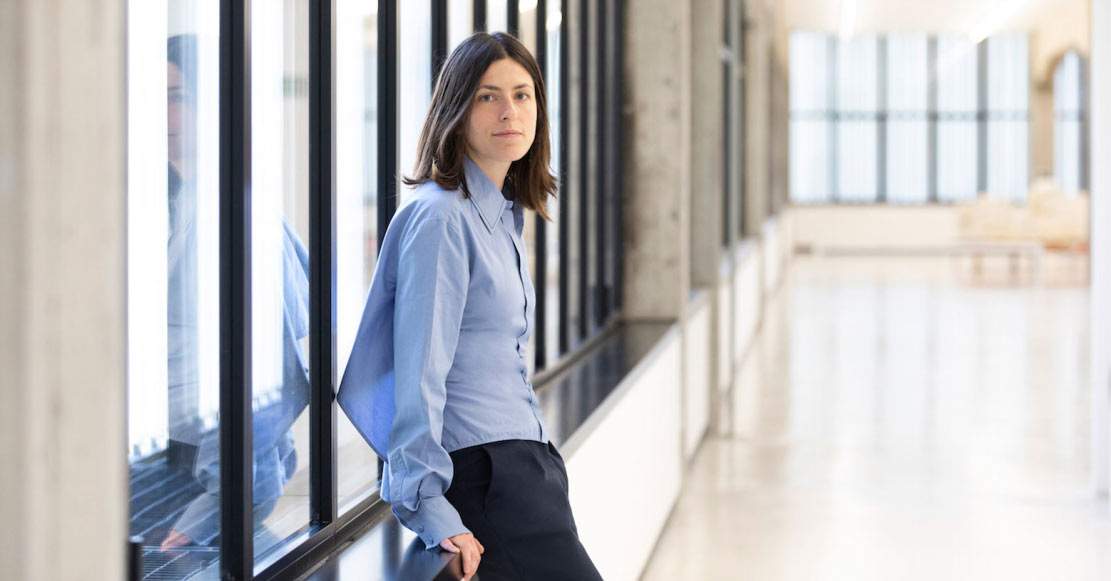 |
| Sara Piccinini |
Alessandro Paris, a historian from Trentino, was appointed director of the MuSa in Salò in August 2020 with the specific aim of relaunching the Garda museum under the banner of in-depth study of the history of the area. The change in direction began with three exhibitions, a focus on the museum’s collection of drawings, a contemporary art exhibition by young Roman artist Giulia Spernazza, and above all a historical exhibition on young people under fascism. Before arriving in Salò, Paris had been a staff member of the Upper Garda Museum in Riva del Garda. A specialist in the history of the early modern episcopal principality of Trent, he received his doctorate from the University of Trent in 2011 and has authored numerous publications on the Council of Trent and other topics in Trentino history. A researcher, he collaborates with the Bruno Kessler Foundation of Trent.
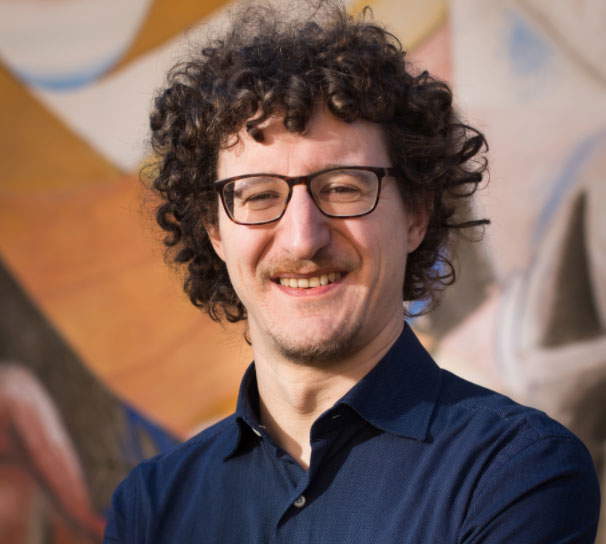 |
| Alessandro Paris |
A young man born in 1983 also on the Trentino shore of Lake Garda: Matteo Rapanà has directed the Museo dell’Alto Garda in Riva del Garda, one of the largest in the area in terms of breadth and richness of its collections, since 2019. A medieval archaeologist, he studied in Trento and Padua, where he received his master’s degree in 2009, and furthered his education with a master’s degree at the Trento School for Territorial and Landscape Governance and another master’s degree at the Trento School of Management in Museum Management. He has a long experience in the area’s museums: his career began as a cultural mediator (in several facilities in the area: the Muse of Trento, the Buonconsiglio Castle, the Judicaria Study Center of Tione di Trento, the Diocesan Museum of Tridentino), then he worked as press officer at the Buonconsiglio Castle and, as an archaeologist, he oversaw numerous projects as a survey manager, as well as outreach.
 |
| Matteo Rapanà |
He has been the director of the Museo Stazione dell’Arte in Ulassai, one of Sardinia’s major art museums, since 2018: Davide Mariani, a native of Iglesias, is an art historian who is an expert connoisseur of Maria Lai ’s art (in fact, the museum is dedicated to the work of the great Sardinian artist: opened in 2006, it houses more than one hundred works by Maria Lai), and his experiences include curating the exhibition Maria Lai. Art in Public Space, the first major monograph devoted to the artist’s public art. He trained at the University of Cagliari, where he obtained a three-year degree in Tourism Sciences with a thesis in Cultural Anthropology, and at the University of Sassari, where he first obtained a master’s degree in Entertainment Sciences and then a PhD in Cultural Systems Sciences, with a thesis in Contemporary Art History. From 2017 to 2020 he was a lecturer in Contemporary Art History at the University of Sassari. In the museum field, he worked for a few months in Spain in the museums of Murcia as a museum guide, and then as assistant curator and head of communication at the Nivola Foundation in Orani. He has also curated numerous exhibitions in Sardinia.
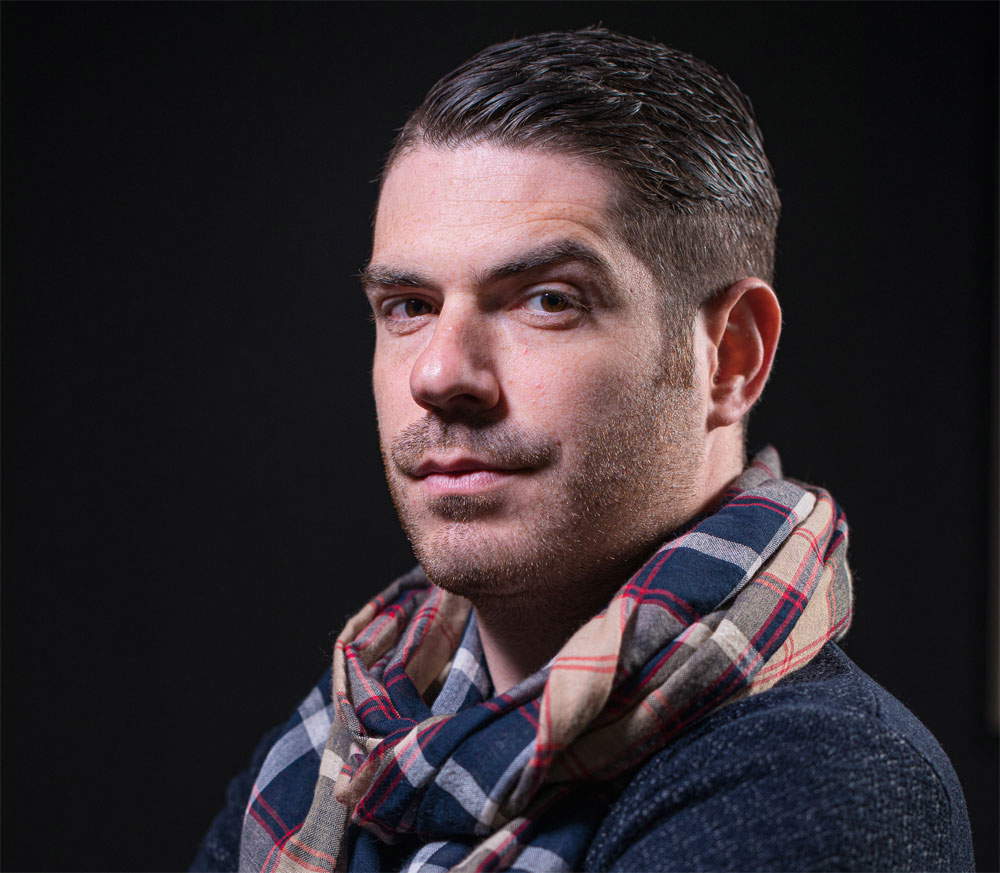 |
| Davide Mariani |
A young archaeologist from Perugia, Paolo Binaco was appointed director of the Museo Territoriale del Lago di Bolsena, one of the leading archaeological museums in upper Lazio, in September 2020. He graduated from the University of Perugia in 2012 with a degree in Classical Archaeology, and then obtained a Postgraduate Diploma in Archaeology, with a thesis in Etruscology, from the School of Specialization in Archaeological Heritage at the University of Florence. He came to the direction of the Bolsena museum after a long experience as an archaeologist in the area, having participated in numerous excavations (some also directed by him) in the provinces of Viterbo, Perugia and Terni, and is therefore a deep connoisseur of the archaeology of these places. Since 2019 he has also been a board member of the “Claudio Faina” Foundation in Orvieto with responsibility for the care of the Foundation’s Museum.
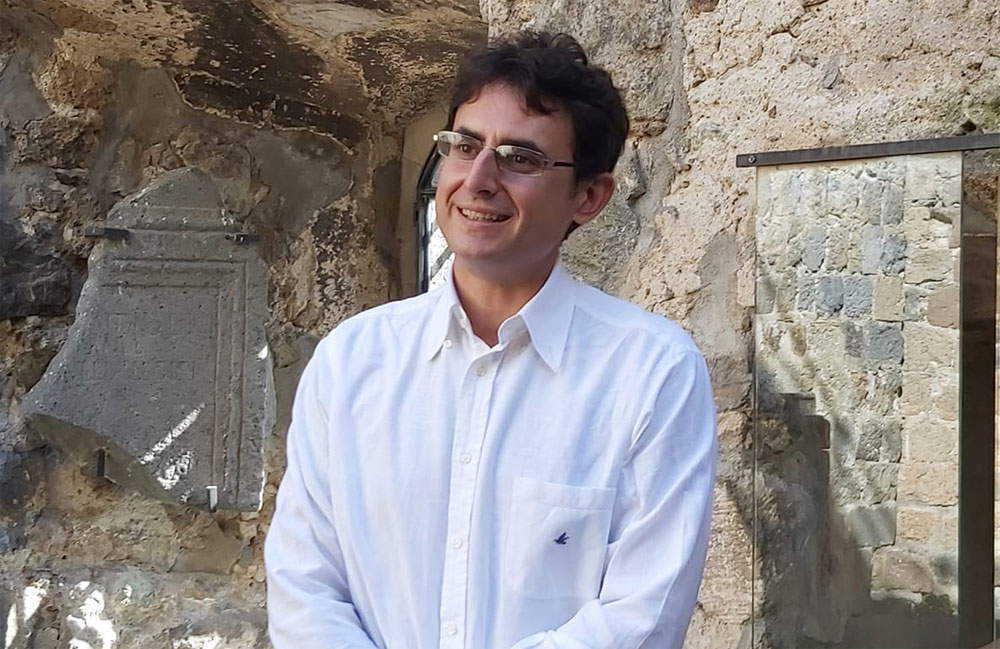 |
| Paolo Binaco |
Ravenna-born but Genoa-born by adoption, Andrea De Caro graduated in Urban Planning from the University of Florence and in 2019 obtained a master’s degree in Entrepreneurship in the Creative Sector for Cultural Heritage from the University of Genoa. His relationship with the Genoa Lantern began in 2014, when the Province, which had managed the site until then, due to resource shortages ceded the management of the monument to the “Mario and Giorgio Labò” Foundation of Genoa, which deals with urban planning, and of which De Caro has been a member for several years. Since then, De Caro has been working to enhance the monument, revitalizing the city’s symbol. De Caro is also a member of the Italian Youth Association for UNESCO.
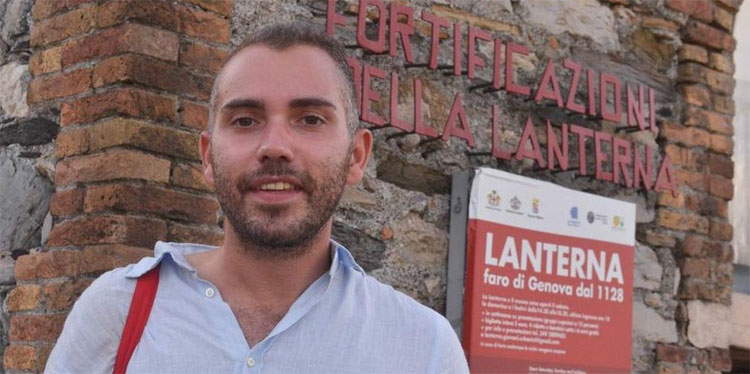 |
| Andrea De Caro |
 |
| Young excellence: 10 Italian museum directors under 40 years old |
Warning: the translation into English of the original Italian article was created using automatic tools. We undertake to review all articles, but we do not guarantee the total absence of inaccuracies in the translation due to the program. You can find the original by clicking on the ITA button. If you find any mistake,please contact us.